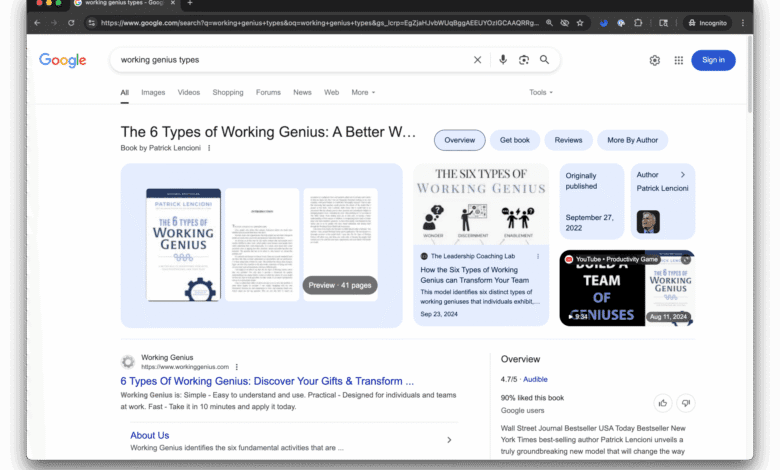Fix Your Invisible Content for AI Search in 30 Minutes

▼ Summary
– AI search engines often miss content hidden in JavaScript widgets, interactive elements, or delayed-loading features, making key information invisible.
– A simple 5-minute test (viewing page source HTML) can reveal if your content is accessible to AI systems.
– AI search prioritizes clear headings, simple lists, plain HTML text, and special markup over interactive or dynamic content.
– Companies lose brand authority and traffic when Wikipedia or competitors appear in AI results due to better-structured content.
– Optimizing for AI search involves making core content visible in HTML while maintaining user experience, starting with basic fixes like headings and schema markup.
Many businesses unknowingly hide their best content from AI search engines, forcing them to buy ads for visibility they should earn organically. When searching for specialized topics, you might notice Wikipedia or competitors appearing in AI results while the actual experts remain invisible. This happens because modern search engines prioritize content that’s structured for machine readability first.
Take the case of the Working Genius framework. Despite creating this business tool, the company’s explanation of the six genius types was trapped in an interactive widget that AI couldn’t process. Meanwhile, Wikipedia’s straightforward HTML version dominated search results. The same pattern appears across industries – universities with simpler websites outperform prestigious institutions in AI search because their content loads faster and appears in raw HTML.
Here’s how to quickly audit your content’s AI visibility:
- Right-click your most important page and select “View Page Source”
- Search for your key selling points in the raw HTML
- If they’re missing, AI systems can’t see them either
AI search engines prioritize three elements when scanning content:
- Clear heading hierarchies (H1-H3 tags that logically organize information)
- Plain text content that loads immediately without JavaScript dependencies
- Structured data markup that explains your content’s meaning to machines
Common visibility killers include:
- Interactive tabs and accordions that hide text
- Content loaded via JavaScript after page render
- Text embedded in images without alt descriptions
- Overly complex navigation requiring user interaction
The 30-minute AI visibility fix involves:
- Restructuring content with proper heading tags
- Moving critical information from widgets to static HTML
- Adding basic schema markup for FAQs and key entities
- Testing page source visibility for core messages
Why Wikipedia often outperforms business websites:
- Uses consistent heading structures
- Provides complete information in initial HTML
- Implements rich semantic markup
- Maintains straightforward formatting
To reclaim your authority:
- Create comprehensive resource pages
- Implement entity-focused schema markup
- Build interconnected topic clusters
- Monitor AI citations for your expertise areas
Future-proofing for AI search requires:
- Developing voice search compatible content
- Preparing for visual search integration
- Building industry-specific authority
- Creating multimodal content packages
Key metrics will shift as AI search grows:
- Brand mentions in AI responses
- Direct citations from AI systems
- Topic authority scores
- Competitive positioning in AI answers
The transition to AI search optimization doesn’t require abandoning good design. The solution lies in creating parallel content streams – maintaining engaging user experiences while ensuring machines can access your expertise. Companies that implement these changes now will establish lasting visibility as AI becomes the primary gateway to information.
(Source: Search Engine Land)





